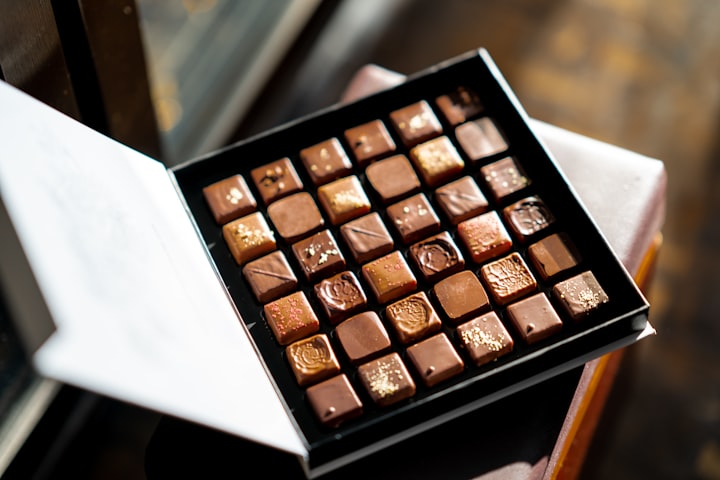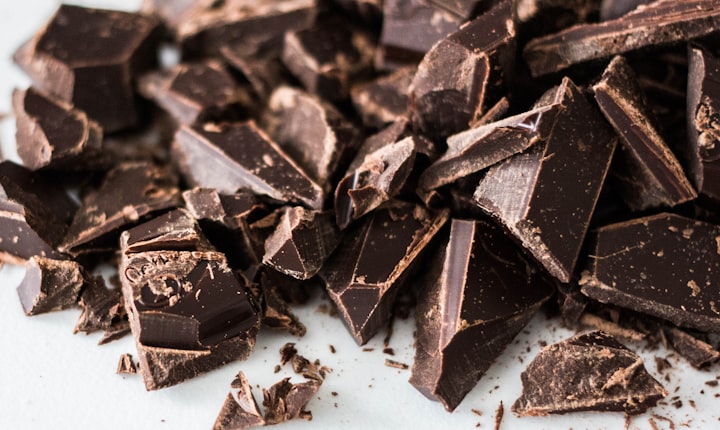
Chocolate is believed to have been around for about 4000 years. The modern chocolate bar was invented in 1847 (by Joseph Fry). Twenty years later (in 1868), Cadbury started selling boxes of chocolate sweets.
Both Fry and Cadbury are still legendary names in chocolate. As the popularity of chocolate has grown, they have been joined by others from global brands to niche creators.
A brief history of chocolate
Unsurprisingly, chocolate began in an area where cocoa plants grow wild. Back then it was called Mesoamerica. Now it’s called Mexico. It was originally used for medicine and magical rituals. Modern scientists now agree that chocolate can have health benefits. The benefits appear to be derived from the cocoa content so they are strongest in dark chocolate.
When chocolate went commercial, however, food producers quickly realized that the “health-food” market was relatively limited. The market for sweet treats, however, was there for the taking. Chocolate was therefore quickly rebranded into the affordable, life-enhancing luxury we know and love today. As part of this, the recipe was changed from dark chocolate to milk chocolate.
The story of chocolate does not, however, end there. History is coming, if not full circle, then at least fairly close. A lot of chocolate is still sold as a treat purchase. There is, however, a growing interest in healthier options. There’s also a growing demand for vegan options. Both point to dark chocolate and indeed the market for dark chocolate is growing. The market for sustainable chocolate is also growing.
By contrast, the market for white chocolate is shrinking. As a fun fact, white chocolate generally isn’t actually chocolate because it doesn’t contain cocoa. It does, however, contain cocoa butter, hence it has a chocolatey taste. White chocolate is disappearing from retail shelves but it’s unlikely to disappear completely. It’s very useful for decorating other foods like milk or dark chocolate, biscuits and cakes.

How chocolate became so popular
The easy answer to this question is that chocolate is tasty. That’s obviously true but it’s also obviously not the whole truth. There are lots of tasty foods out there but it’s hard to think of any with the same overall appeal as chocolate. This means that there has to be something else to explain how chocolate became so popular.
One very probable answer is that chocolate is highly flexible. It can be moulded, shaped and decorated far more easily than any other foodstuff. For example, while jelly can be moulded into almost any shape, it has to be solid, whereas chocolate can be hollow. Biscuits can be shaped but they are always flat. Cakes can be decorated but they need to be handled with great care.
Chocolate’s flexibility allows manufacturers (and home chocolatiers) to create products that are decorative as well as tasty. In particular, it makes it easy to reflect seasonal changes. This helps to keep products feeling fresh as well as tasting fresh. This is probably a large part of the reason why sales of chocolate always surge around festival times.
Chocolate and other foods
In addition to being highly popular on its own, chocolate also pairs very well with many other foods. Probably the most obvious example of this is with cereals. For example, there are chocolate-coated breakfast cereals and cereal bars as well as chocolate spreads for bread. Chocolate is also used to cover and/or decorate other items. For example, biscuits and cakes are often covered in chocolate.
What may be less obvious is that chocolate has multiple uses in regular cooking too. In particular, it can be used to add depth and richness to savoury ingredients. For example, it can be added to sauces to add extra interest. With interest in “slow food” on a clear upward trend, this could be an exciting growth area for chocolate.
About the Creator
Adele
Adele Thomas is the owner of Distinctive Confectionery; a corporate confectionery company that's been supplying businesses with high quality personalised biscuits, sweets and chocolates for over 20 years.






Comments
There are no comments for this story
Be the first to respond and start the conversation.